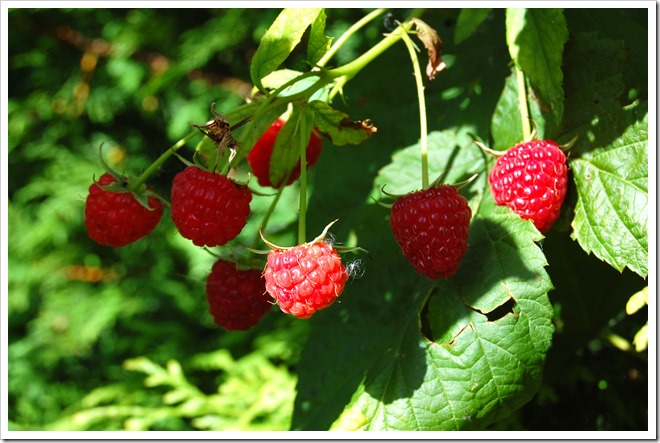
Ariadne. Dionysus. The Minotaur. The Labyrinth. You’ve probably heard of all of these, but did you know that they have relevance beyond the mythology books on the library shelves? They are, in fact, important aspects of Minoan spirituality in Ariadne’s Tribe, a tradition that connects ancient Crete with the modern world.
Ariadne’s Tribe is an inclusive spiritual tradition that brings the deities of the ancient Minoans alive in the modern world. We’re a revivalist tradition, relying heavily on shared personal gnosis and the practical realities of Paganism in the modern world.
Who were the Minoans? They lived on the island of Crete, just south of Greece in the Mediterranean Sea, about 4,000 years ago. Their culture flourished for centuries, centered in the big temple complexes of towns like Knossos but also at sacred sites in caves and on mountaintops across the island.
You’ve probably heard the story of how Theseus braved the confusing Labyrinth to slay the Minotaur then found his way out again by following the thread Ariadne gave him. The thing is, this story was invented by the Greeks centuries after Minoan civilization had ceased to exist.
The Minoans weren’t Greek, even though Crete is a part of the modern nation of Greece. The Minoans were a pre-Indo-European culture that was part of Old Europe, the original inhabitants of the continent. They had never even heard of Theseus, who was a Hellenic culture hero designed to make the Greeks look good in contrast to the ‘primitive, monstrous’ Minoans. As you might have guessed, the Minoans weren’t primitive or monstrous at all.
At the head of their family of deities are the Mother Goddesses Rhea, Therasia, and Posidaeja. Rhea’s daughter Ariadne gives the people the gift of the Labyrinth: not a confusing maze but a spiraling design with one sure path to the center and back out again, a spiritual tool for self-discovery. And yes, the Minotaur stands at the center of the Labyrinth. He’s not a fearsome monster, but a loving god whose job is to help each of us face our own darkness.
The Minoan pantheon is full of deities who speak to every aspect of our lives: the Horned Ones in bovine, goat, and deer form (the Minotaur and Europa, the Minocapros and Amalthea, the Minelathos and Britomartis); the Melissae, ancestral bee-goddesses who help us connect with those who have gone before; Eileithyia, the divine midwife. Over the centuries, the Minoans added layer upon layer to their religion, very much like the Egyptians did. When we look back across time at Minoan spirituality, we can see all the layers that create such a rich tapestry of belief and practice.
Much of what we know about the ancient Minoans comes from archaeology. The ruins of the towns and villages across Crete speak to us across the ages. But Ariadne’s Tribe isn’t a reconstructionist tradition. It can’t be. There are simply too many gaps in our knowledge.
Most reconstructionist traditions base their practices on ancient texts that record the mythology and religion of the culture. But we can’t read Linear A, the writing system the Minoans used to record their language. The early (Mycenaean) Greeks modified Linear A to create Linear B, which they used to write their own language. We can read that, so we know a little bit about the very end of Minoan civilization. But inventory lists can only tell us so much. The rest we have to piece together from the garbled, fragmentary bits that made it down through the centuries to Hellenic Greece and its writers.
So no, the Tribe isn’t a reconstructionist tradition like Irish or Norse Paganism. But we do use the archaeology and the classical writings as a starting point. The rest we fill in, either individually or collectively, as we need it.
Each of us experiences the Minoan deities a little differently. But we also find a lot of commonality, places where our personal gnosis matches other people’s, where our impressions reinforce what the archaeological record tells us. We share and we discuss and Ariadne’s Tribe grows, slowly and steadily, one person at a time.
If you’d like to join the discussion about Minoan spirituality, please head on over to Ariadne’s Tribe on Facebook. Of course, stay tuned to this space for more posts as well. And if there’s something in particular you’d like to know about, please leave a comment and I’ll get right on it.

 The raspberry doesn’t get very creative where Folk Names are concerned. It’s either called, European Raspberry, or , Red Raspberry. And as far as Mountain Lore goes, it wasn’t nothing to bat an eye at if you happened to see a Granny Woman hang a few of the branches along the doorways or windows. This meant a death had come. With all that sittin’ up with the Dead stuff, and the coverin’ of mirrors, no one wanted to see a “Spirit” re-enter a home. That’s where the branches came into play.
The raspberry doesn’t get very creative where Folk Names are concerned. It’s either called, European Raspberry, or , Red Raspberry. And as far as Mountain Lore goes, it wasn’t nothing to bat an eye at if you happened to see a Granny Woman hang a few of the branches along the doorways or windows. This meant a death had come. With all that sittin’ up with the Dead stuff, and the coverin’ of mirrors, no one wanted to see a “Spirit” re-enter a home. That’s where the branches came into play.
 Rome is kicking off their second Festival this week, all in the name of their Goddess Pax, and the Greek Goddess, Eirene.
Rome is kicking off their second Festival this week, all in the name of their Goddess Pax, and the Greek Goddess, Eirene.